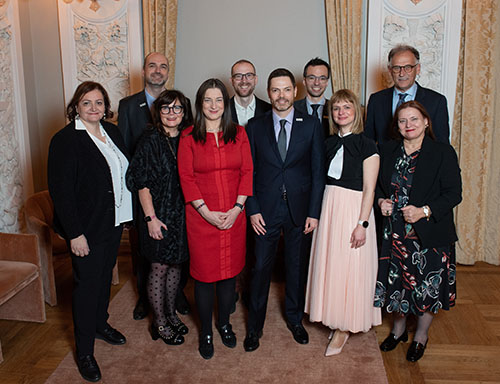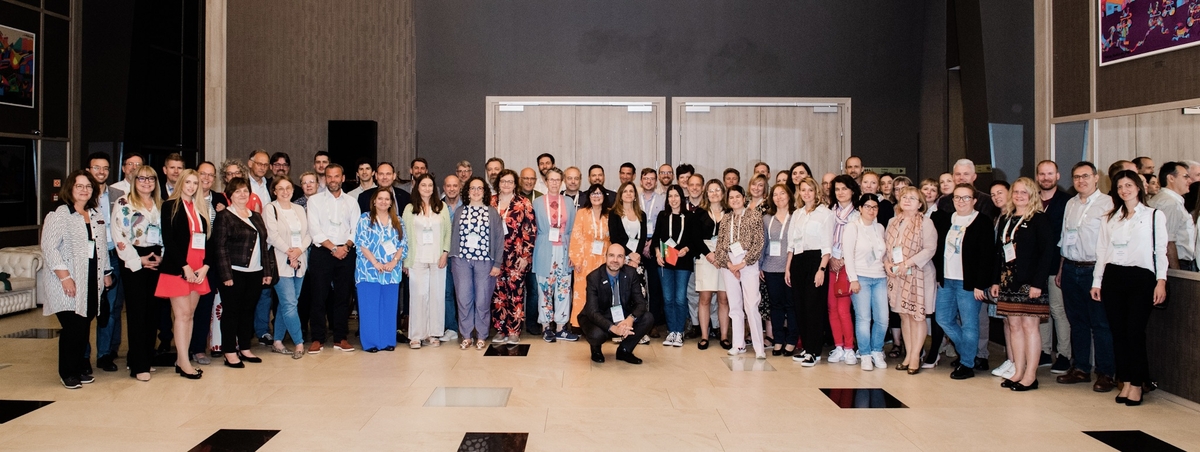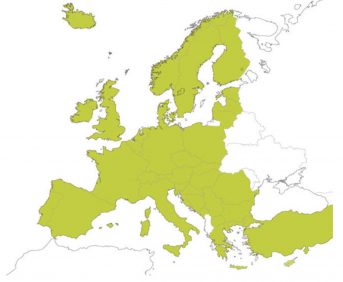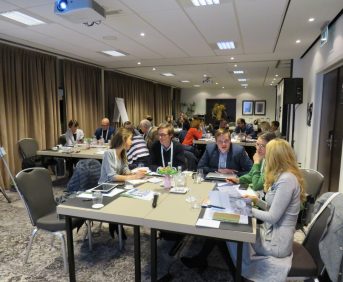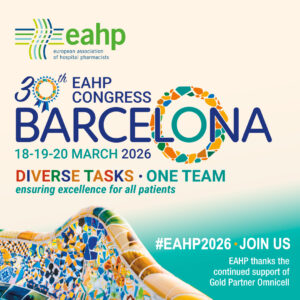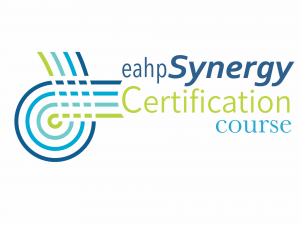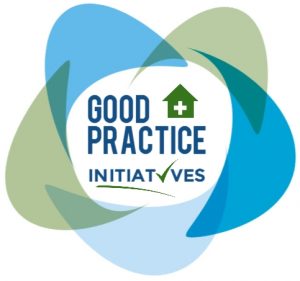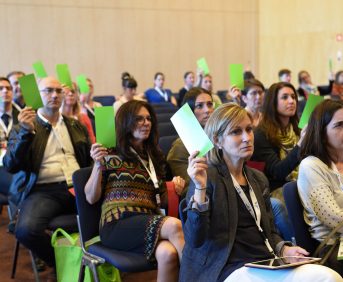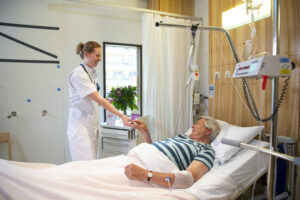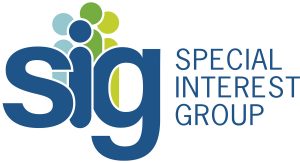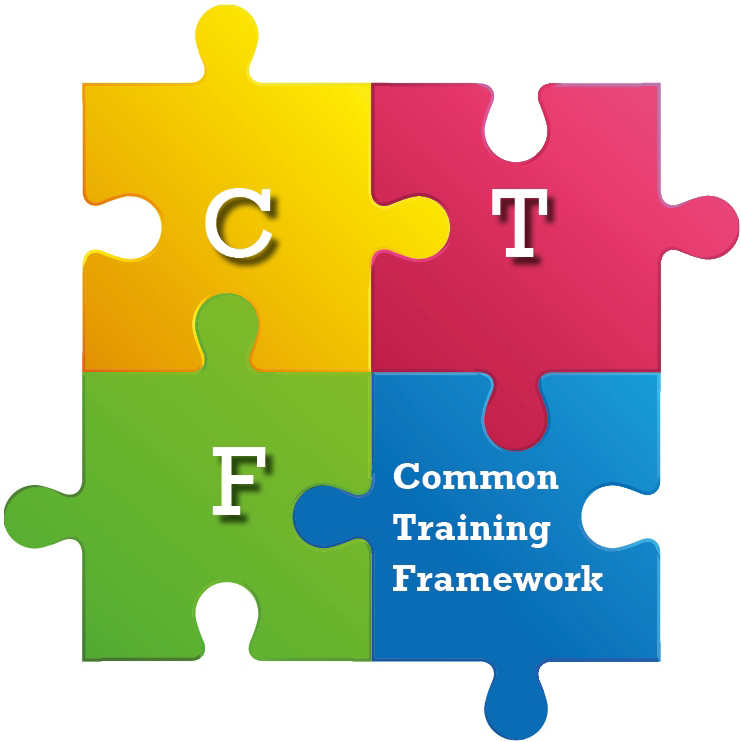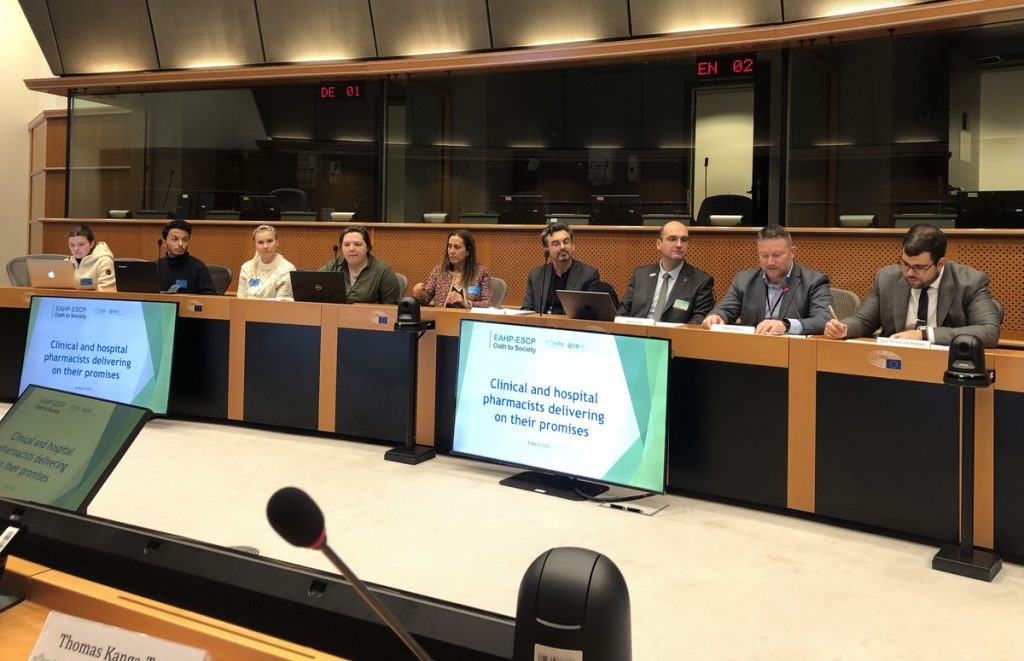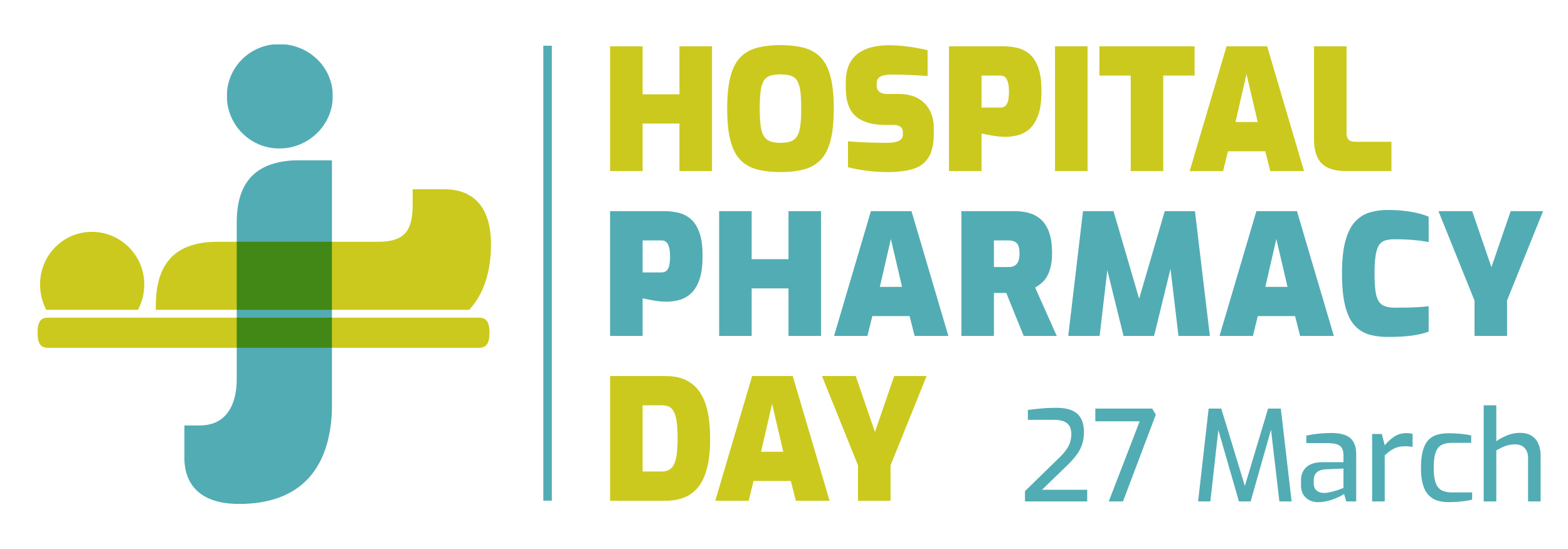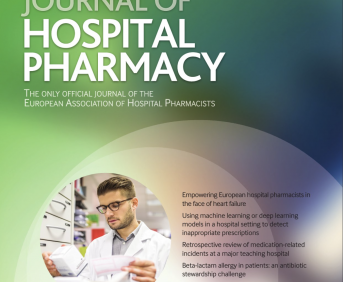Development of a new method for risk assessment related to management of clinical trials in hospital pharmacy: classification of protocols by risk index (ρ) and development of strategies for errors’ minimization
Pdf

European Statement
Patient Safety and Quality Assurance
Author(s)
Giulia CANCELLIERI, Piera POLIDORI
Why was it done?
Hospital pharmacist provides all management of investigational medical product(IMP), i.e. its conservation, distribution, return and destruction. However, each clinical trial involves different methods of managing the drug: this can mislead the pharmacist who has to manage multiple trials at the same time. With the aim of minimizing errors that may arise from the simultaneous management of different clinical trials, we have developed a method to classify clinical protocols by “risk index”.
What was done?
With the aim of minimizing errors resulting from management of clinical trials in hospital pharmacy, we have developed a method to classify experimental protocols into low-moderate-high risk(risk index). For each of these categories, standard procedures were then outlined in order to minimize the occurrence of any errors.
How was it done?
In order to determine risk index(ρ) we have identified all risks related to IMP’s management: pharmacological risk(φ), dependent on pharmacological characteristics of IMP; technological risk(α), if drug should be compounding; risk related to number of patients enrolled(np); risk inherent to the protocol(π), i.e. whether protocol involves placebo, or randomization, etc. These risks were then related through the formula created by us, ρ=φ+(α*np)+π: protocols are defined low-risk if ρ<50, moderate-risk if 51<ρ151. For each risk index, standard procedures were outlined in order to minimize risks, i.e.(for high-risk) inclusion of at least four pharmacists in “Delegation of Responsibilities Log”; scheduling monthly meetings with trial’s Monitor; dispensing of IMP with supervision by at least two pharmacists; etc.
What has been achieved?
We applied this method to 45 active trials in our hospital. For 3/45(6,7%) protocols, φ>75 because IMPs are carcinogenic; instead, 26/45(57,8%) protocols, involve IMP’s compounding; finally 29/45(64,4%) protocols are randomized and 14/29(48,3%) of these involve use of placebo. By applying aforementioned formula, we found that 3/45(6,7%) protocols are low-risk, 32/45(71,1%) moderate-risk, 10/45(22,2%) high-risk. For these 10, standard procedures were applied, to improve the safety of patients enrolled in a clinical trial.
What next?
We promote use of this method in other clinical centers, because we believe it can be a valid tool for risk minimization. Finally, we hope that we will receive numerous feedback from these centers to further improve the proposed method.
IatroMed 360°#Neonat: methodology to develop and evaluate a virtual reality-training course on medication error prevention and management in neonatal intensive care units (NICUs)
Pdf

European Statement
Patient Safety and Quality Assurance
Author(s)
Elodie Delavoipière, Laura Fazilleau, Carine Lehoussel, Isabelle Goyer, François-Xavier Roth, Julien Mourdie, Agnès Bobay-Madic, Simon Rodier, Bernard Guillois, Albane Cherel
Why was it done?
360° virtual room of errors is an innovative educational tool which can be included in strategies of ME risk management. NICUs are high-risk areas and consequently, a priority target. Therefore, we developed and evaluated a virtual reality-training program based on medication error management in the NICU of a university hospital centre.
What was done?
A virtual reality-training course was developed and evaluated, regarding prevention and management of medication errors (ME) in NICUs.
How was it done?
A multidisciplinary working group was set up (2 pharmacists, 2 neonatologists, 1 pharmacy resident and 3 NICU nurses) to define: the target audience, the training model, the assessment methods (pre-training and post-training evaluations), training days and educational materials.
What has been achieved?
The program was intended for professionals involved in the medication circuit in the NICU: physicians, residents, and nurses. Weekly sessions have been scheduled in order to train 99 professionals. Every session was run by 3 professionals (physician, nurse and pharmacist) and lasted two hours and a half. The session was divided into 5 stages: 1/pre-training evaluation, 2/briefing, 3/360° digital simulation allowing ME detection, 4/debriefing, 5/ post-training evaluation. Although, it was a digital-training, a pedagogical formula with “classroom” training sessions has been chosen in order to promote interactivity between learners and trainers particularly during the debriefing. This virtual reality-training course was assessed by Kirkpatrick’s four levels of training evaluation model: satisfaction questionnaires, knowledge evaluation and skills self-assessment, audits of practices, monitoring of indicators (adverse event reports). Assessments were done before each session, immediately after and within 3 months of the session, to both evaluate and enhance educational impact.
What next?
This concept promotes the link between clinicians from the NICU and the multi-disciplinary approach concerning the risk management of ME. By directly involving all the healthcare professionals, this innovative training provides a patient-safety culture development and the implementation of safety measures. The implementation of this training concept in a multi-centric assessment of professional practices should enable to confirm pedagogical interest of such innovative sessions and his deployment in other health facilities.
MANAGING THE RISK OF MEDICATION ERRORS: A MULTI-DISCIPLINARY CONTINUING PROFESSIONAL DEVELOPMENT PROGRAMME
Pdf

European Statement
Education and Research
Author(s)
Elodie Delavoipière, Marianne Pavard, Anne-Laure Richard, Julien Montreuil, Albane Cherel, Céline Bouglé
Why was it done?
Every year in our country, 10,000 preventable deaths and more than 130,000 preventable hospitalizations are related to drug misuse. This issue is a priority of the national health strategy. Therefore, we developed a CPD training program on the issues and methods of managing the risk of ME.
What was done?
A regional multi-disciplinary Continuing Professional Development (CPD) program was developed, dealing with the risk management of medication errors (ME).
How was it done?
This program was submitted to the National CPD Agency and accepted as a continuing education measure, corresponding to the national orientation: “control of risks associated with healthcare acts and pathways”. The program and the training materials were developed by a 13-member regional working group, including hospital pharmacists and quality managers, the drug observatory and the regional health quality network.
What has been achieved?
The training is intended for any health professional involved in the medication circuit in a health or medico-social institution: physicians, pharmacists, residents, nurses, pharmacy technicians… The first part is an e-learning slide presentation with voice commentary, on the theoretical aspects of ME and on the principles of a priori and a posteriori risk management. Concrete examples of ME are integrated throughout the slide presentation. This e-learning is divided into 4 parts and is accessible for 1 month. It must be validated by the learner before participating in the second part of the training: a face-to-face simulation session with 15 learners and 2 hospital trainers (pharmacist and health quality professional). During half a day, the learners apply a posteriori risk management by analysing a fictional adverse event (ME). The case addresses several themes: never events, drug reconciliation, city-hospital link, lack of communication, human factors. Questionnaires completed before, during and after the training allow for the evaluation of learners’ satisfaction as well as the impact of the training on their knowledge and skills.
What next?
This regional training will promote the link between actors from different institutions and the multi-disciplinary approach around the management of the risks of ME. In addition, we provide an awareness kit on ME reporting, including a customizable slide show and a quiz, which allows short sessions to be conducted in any health facility.
